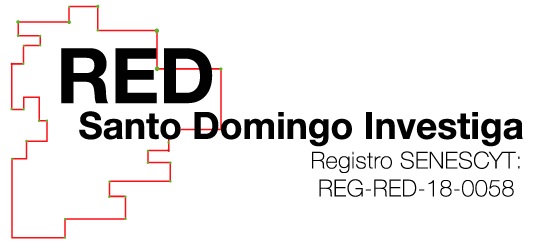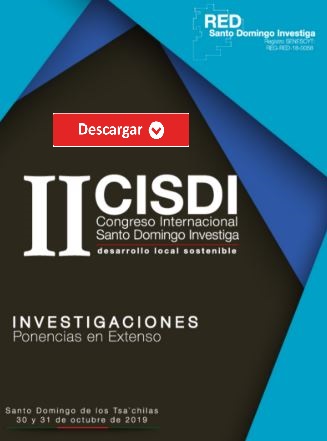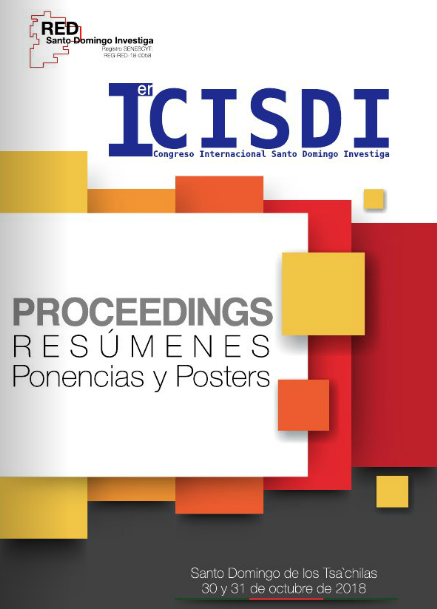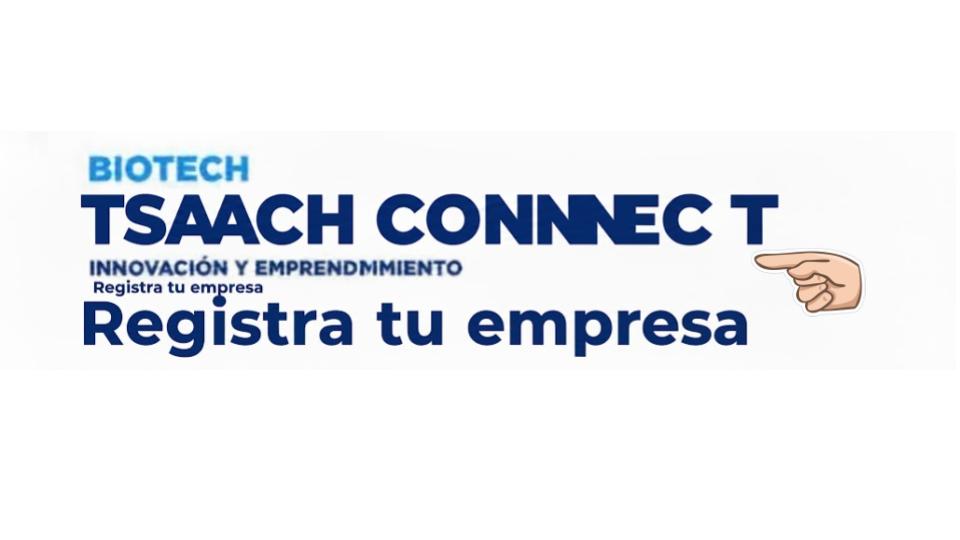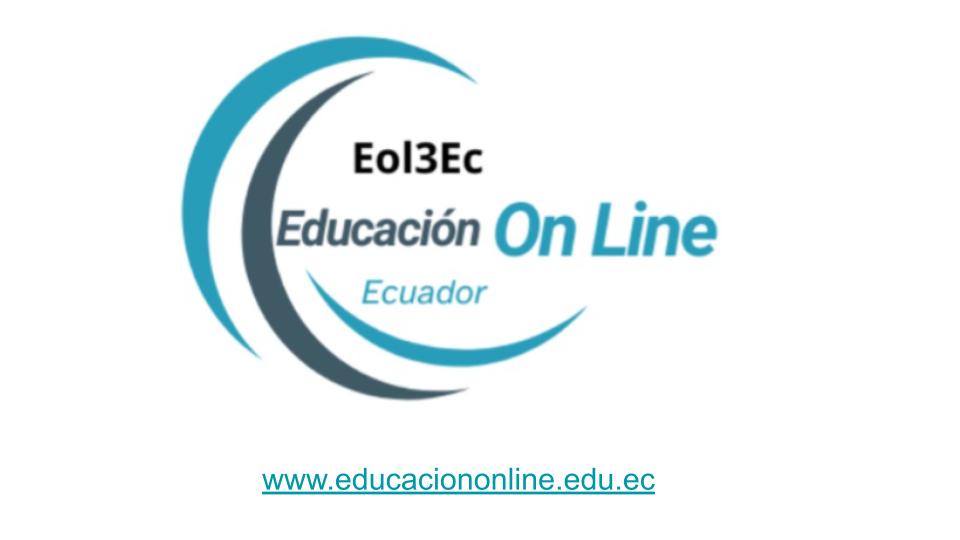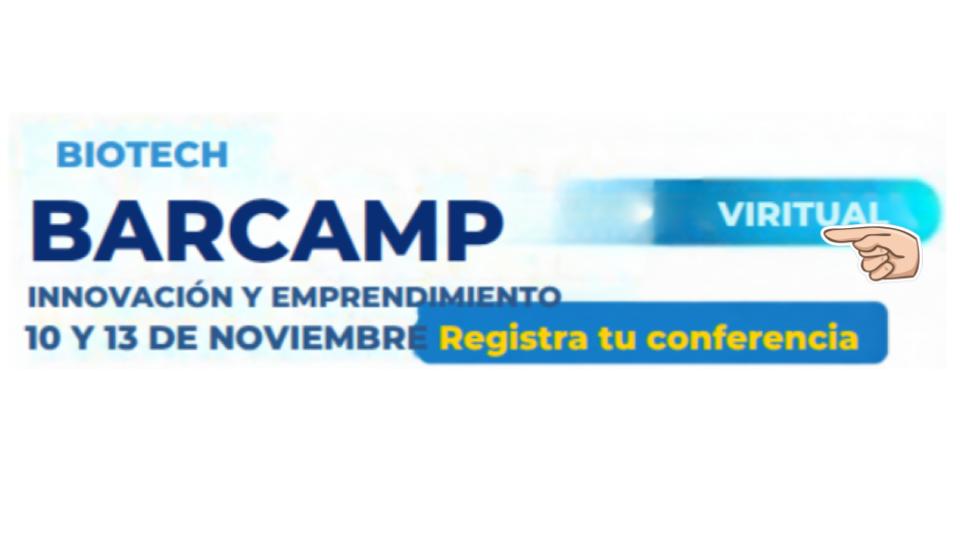Busque entre los recursos disponibles en el repositorio
ICISDI Res-Recibidos
- Detalles
- Escrito por Germán Rodríguez
- Categoría: ICISDI Res-Recibidos
- Visitas: 2013
- Tipo de trabajo: Resumen para ponencia
- Autor 1: Germán Rodríguez
- Autor 2: Eduardo Benavides
- Autor 3: Jenny Torres
- Autor 4: Pamela Flores, Walter Fuertes
Cross-Site Scripting (XSS) attack is vulnerability typical of web applications, where malicious scripts are injected into trusted websites. These malicious scripts can be hosted on the same web server, or can be inserted through complementary attacks, which means that users can inadvertently navigate through a compromised website. The main security issues that result from an XSS attack are the hijack of user sessions, deface websites, redirect the user to malicious sites, capture of keystrokes, denial of service attacks, scans of corporate networks, phishing attacks, or the geolocation of a user. However, the objective of this attack is the theft of cookies stored on the victim computer, since this information can let the attacker to extract confidential data from the user. Our research work presents Cookie Scout, an analytical model for preventing XSS attacks, which main goal is to classify cookies according to their parameters. For this purpose we collect, analyse and classify the type of traffic in a botnet using the Browser Exploitation Framework (Beef) tool for execute attacks and malicious code remotely in a controlled testing environment. In this test lab we connect desktop computers, laptops and mobile devices to configure a network of zombie equipment.
With the parameters obtained from this traffic analysis, an algorithm was designed to detect suspicious websites based on the reputation of their cookies. We were able to find that some parameters of the cookies as their expiration date varied from 2 to 30 or 200 years. The main contribution of this research is to analyse the behaviour of cookies, through their parameters, and how they could be blocked by an algorithm that could be developed in any programming language. The results obtained showed that the parameters of the cookies were a good reference to determine web pages vulnerable to XSS attacks.
- Detalles
- Escrito por Zambrano Alejandra
- Categoría superior: ICISDI Res-Recibidos
- Categoría: L010 - Biociencias, Agroalimentación, Calidad y Seguridad alimentaria
- Visitas: 2517
- Tipo de trabajo: Resumen para poster
- Autor 1: Cinthya Sobeyda Vera Sigcha
- Tutor : Sungey Sánchez
- Autor 2: Ivethe Alejandra Zambrano Mora
EVALUACIÓN DE LAS CARACTERÍSTICAS DEL MUCÍLAGO DE CACAO (Theobroma cacao L.) EN LA OBTENCIÓN DE ALCOHOL ETÍLICO
EVALUATION OF THE CHARACTERISTICS OF THE COCOA’S MUCYLAGO (Theobroma cacao L.) IN THE OBTAINING OF ETHYL ALCOHOL
Alejandra Zambrano
Esta dirección de correo electrónico está protegida contra spambots. Necesita activar JavaScript para visualizarla.
Universidad de las Fuerzas Armadas ESPE
Cinthya Vera
Esta dirección de correo electrónico está protegida contra spambots. Necesita activar JavaScript para visualizarla.
Universidad de las Fuerzas Armadas ESPE
Resumen
El objetivo de este trabajo fue evaluar las características físico químicas del mucílago de cacao con el fin de frenar el desperdicio y lograr aprovecharlo convenientemente en la elaboración de alcohol etílico.
Se utilizó un esquema trifactorial (Variedades: CCN-51 y Nacional; Microorganismos fermentativos: Flora natural y Levadura; Esterilización: Pasteurizado y Sin pasteurizar) conducido en un D.C.A. Se procedió a extraer las almendras de las mazorcas de cacao para la obtención del mucilago de las mismas; posteriormente se procedió a realizar un tratamiento térmico del mismo, con el objetivo de evitar proliferación de microorganismos, e inmediatamente después se adicionó azúcar para obtener 21° brix y se adicionó posteriormente levadura 1g por litro. Se colocó el mosto en botellas de color oscuro y se dejó fermentar 21 días. Después de transcurrido este tiempo se procedió a filtrar el mismo para evitar problemas con la destilación y a continuación se inició a destilar el mismo a 75°C por aproximadamente 2 horas.
Como resultados de la caracterización del mucílago se obtuvieron los siguientes datos:
|
Parámetros |
Unidad |
Nacional |
CCN-51 |
|
Acidez titulable |
% |
0,49 |
0,5 |
|
Ph |
3,63 |
3,22 |
|
|
Proteína |
% |
1,7 |
1,2 |
|
Humedad |
% |
85,74 |
81,76 |
|
Materia Seca |
% |
14,26 |
18,24 |
|
Grasa |
% |
0,17 |
0,125 |
|
Sólidos solubles |
° Brix |
15 |
18 |
|
Densidad |
g/cm3 |
1,03 |
1,06 |
Como resultado de los tratamientos aplicados, según el análisis estadístico con la prueba de Tukey se obtuvo que no hay diferencia significativa entre la interacción de la tres variables aplicadas (variedad, microrganismos fermentativos y esterilización) para la variable evaluada de rendimiento, mientras que la interacción entre las variables microrganismos fermentativos y esterilización si tuvo diferencia significativa, obteniendo como resultado más alto la interacción entre flora natural y sin pasteurización con un 19,265% de rendimiento final, y la más baja fue la interacción flora natural y pasteurización con un valor de 16,64%.
Para la variable grados alcohólicos el análisis estadístico mostro que no hubo diferencia significativa en la interacción entre las tres variables aplicadas, pero presento diferencia individual para la variable variedades y para la variable esterilización; con un valor de 40,08 °GL para el método de pasteurización y el mismo valor para la variedad CCN-51, y un valor de 45,5°GL para el método sin pasteurización y el mismo valor para la variable Nacional.
El producto final fue alcohol etílico, el cual al realizar los análisis de rastro de metanol se obtuvo negativo para todos los tratamientos, por lo tanto el producto es apto para el consumo humano.
Palabras Clave: (cacao, mucílago, alcohol etílico, microorganismos, grados alcohólicos.)
Abstract
The objective of this work was to evaluate the physical and chemical characteristics of the cocoa mucilage in order to stop the waste and achieve it conveniently in the production of ethyl alcohol.
A trifactorial scheme was used (Varieties: CCN-51 and National, Fermentative Microorganisms: Natural flora and Yeast, Sterilization: Pasteurized and Unpasteurized) conducted in a D.C.A. The almonds were extracted from the cocoa pods to obtain their mucilage; Subsequently, a thermal treatment was carried out to avoid the proliferation of microorganisms, and immediately afterwards, sugar was added to obtain 21 ° brix and then 1g of yeast was added per liter. The must was placed in dark colored bottles and allowed to ferment for 21 days. After this time elapsed, it was filtered to avoid problems with the distillation and then it was started to distill it at 75 ° C for approximately 2 hours.
As results of the characterization of the mucilage the following data were obtained:
|
Parámetros |
Unidad |
Nacional |
CCN-51 |
|
Titrable acidity |
% |
0,49 |
0,5 |
|
Ph |
3,63 |
3,22 |
|
|
Protein |
% |
1,7 |
1,2 |
|
Humidity |
% |
85,74 |
81,76 |
|
Dry matter |
% |
14,26 |
18,24 |
|
Fat |
% |
0,17 |
0,125 |
|
Soluble solids |
° Brix |
15 |
18 |
|
Density |
g/cm3 |
1,03 |
1,06 |
As a result of the treatments applied, according to the statistical analysis with the tukey test, it was obtained that there is no significant difference between the interaction of the three variables applied (variety, fermentative microorganisms and sterilization) for the evaluated performance variable, while the interaction among the variables fermentative microorganisms and sterilization if there was a significant difference, obtaining as a result the interaction between natural and non-pasteurized flora with a final yield of 19.265%, and the lowest was the natural flora and pasteurization interaction with a value of 16, 64%.
For the variable alcoholic degrees the statistical analysis showed that there was no significant difference in the interaction between the three variables applied, but I present individual difference for the variable varieties and for the variable sterilization; with a value of 40.08 ° GL for the pasteurization method and the same value for the variety CCN-51, and a value of 45.5 ° GL for the method without pasteurization and the same value for the National variable.
The final product was ethyl alcohol, which when performing the trace analysis of methanol was negative for all treatments, therefore the product is suitable for human consumption.
Keywords: (cocoa, mucilage, ethyl alcohol, microorganisms, alcoholic degrees.)
Subcategorías
L010 - Biociencias, Agroalimentación, Calidad y Seguridad alimentaria Número de artículos: 27
Los Trabajos Recibidos serán revisados por los coordinadores de las mesas (áreas) temáticas (investigación) hasta el 3 de octubre del 2018, los trabajos deben cumplir con el Formato de Resumen para el ICISD , y los aprobados pueden enviar el trabajo completo a las convocatorias de las revistas científicas propuestas por el ICISDI.
L020 - Agricultura, Acuacultura, Ganadería y Pesca Número de artículos: 4
L030 - Ambiente, biodiversidad y cambio climático Número de artículos: 0
L040 - Ingeniería, energía, ciencia de materiales y desarrollo industrial Número de artículos: 11
L050 - Territorio, sociedades inclusivos y saberes ancestrales Número de artículos: 1
L050 - Territorio, sociedades inclusivos y saberes ancestrales
L060 - Tecnologías de la Información y Comunicación Número de artículos: 0
L060 - Tecnologías de la Información y Comunicación
L070 - Educación, economía y turismo Número de artículos: 1
Trabajos L070 - Educación, economía y turismo
L070 - Educación, economía y turismo (b) Número de artículos: 21
L070 - Educación, economía y turismo (b)
Página 1 de 32
